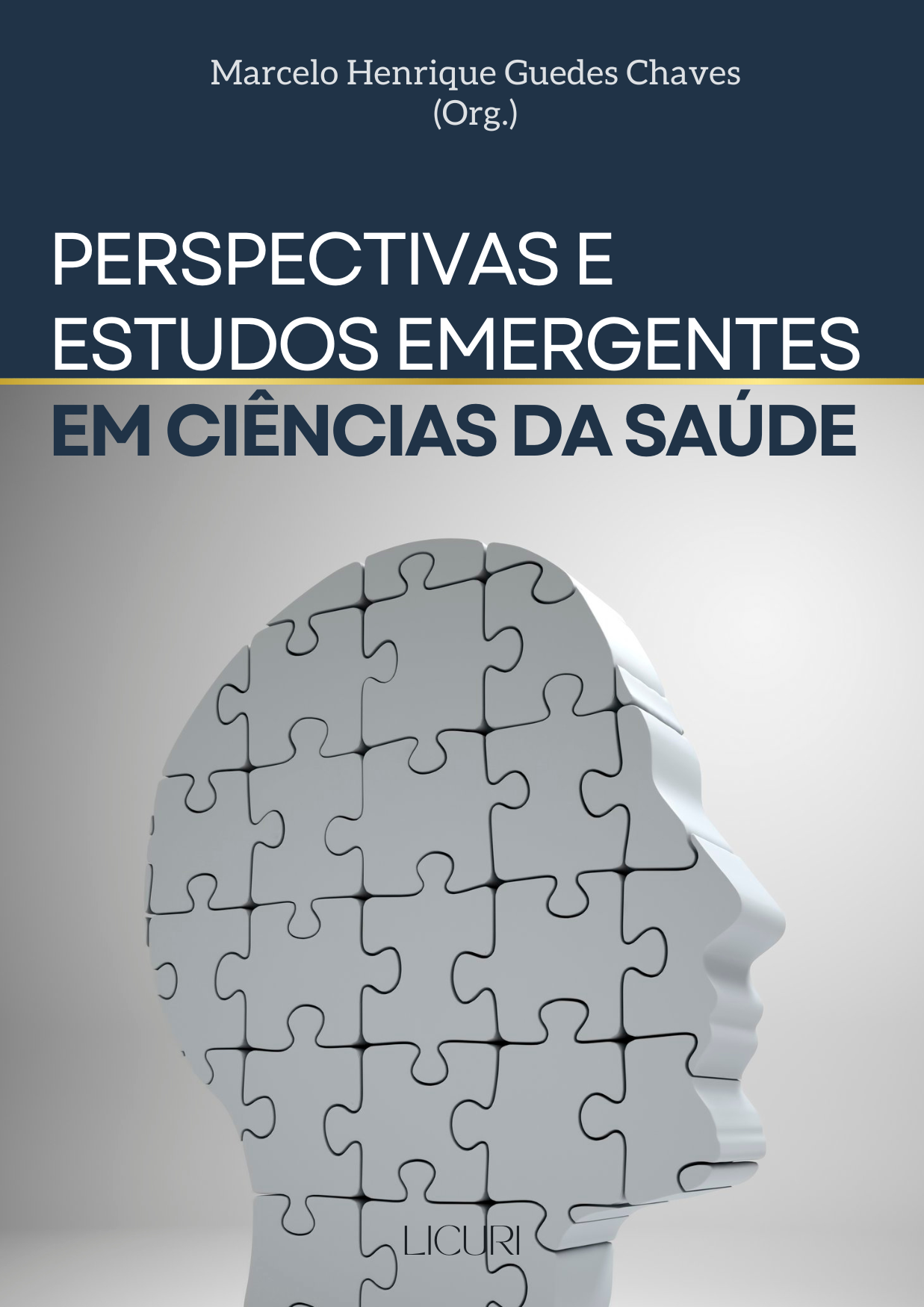Insuficiência Pancreática Exócrina (IPE) em felinos : Revisão de Literatura
DOI:
https://doi.org/10.58203/Licuri.22569Palavras-chave:
Pâncreas, enteropatias, distúrbios pancreáticosResumo
A Insuficiência Pancreática Exócrina é uma afecção do Sistema Gastrointestinal, que resulta na má-absorção de nutrientes devido a falta de enzimas pancreáticas. Apesar de existirem testes específicos, como a imurreatividade semelhante a tripsina felina, para o seu diagnóstico, ainda existe uma escassez de estudos e relatos da IPE em gatos. Assim sendo, este trabalho compila as principais informações disponíveis sobre a anatomia, fisiologia e histologia pancreáticas, assim como os sinais clínicos, diagnóstico e tratamento da IPE em felinos. Devido a sua etiologia, as principais manifestações da IPE tendem a estar relacionadas a perda de peso, diarreia, esteatorreia, falhas no pelâme, polifagia e êmese. Seu tratamento é realizado pela suplementação enzimática com produtos derivados do pâncreas suíno ou bovino. Logo, é essencial considerar o diagnóstico de IPE em gatos com enteropatia crônica e, também, procurar melhor entender a fisiopatogenia e fatores predisponentes dessa afecção.
Downloads
Referências
AUGER, Mylène et al. Abdominal ultrasound and clinicopathologic findings in 22 cats with exocrine pancreatic insufficiency. Journal of Veterinary Internal Medicine, v. 35, n. 6, p. 2652-2661, 2021.
BATCHELOR, Daniel J. et al. Prognostic factors in canine exocrine pancreatic insufficiency: prolonged survival is likely if clinical remission is achieved. Journal of veterinary internal medicine, v. 21, n. 1, p. 54-60, 2007.
COOK, A. K. et al. The prevalence of hypocobalaminaemia in cats with spontaneous hyperthyroidism. Journal of Small Animal Practice, v. 52, n. 2, p. 101-106, 2011.
CORNELL, Karen. Pancreas. In TOBIAS, Karen. & JOHNSTON, Spencer. Veterinary Surgery: Small Animal. St. Louis, Elsevier, 2012.
COSTA DEVOTI, Chiara et al. Exocrine pancreatic insufficiency with concurrent pancreatitis, inflammatory bowel disease and cholangiohepatitis in a cat. Veterinary Record Case Reports, v. 3, n. 1, p. e000237, 2015.
FORMAN, Marnin A. et al. ACVIM consensus statement on pancreatitis in cats. Journal of Veterinary Internal Medicine, v. 35, n. 2, p. 703-723, 2021.
HERDT, Thomas H. Secretions of the gastrointestinal tract. In: Cunningham's Textbook of Veterinary Physiology. WB Saunders, 2020. p. 307-315.
HONG, Jeong Hee et al. Mechanism and synergism in epithelial fluid and electrolyte secretion. Pflügers Archiv-European Journal of Physiology, v. 466, p. 1487-1499, 2014.
ISAIAH, Anitha et al. The fecal microbiome of dogs with exocrine pancreatic insufficiency. Anaerobe, v. 45, p. 50-58, 2017.
JAWOREK, J. et al. Brain-gut axis in the modulation of pancreatic enzyme secretion. Journal of physiology and pharmacology, v. 61, n. 5, p. 523, 2010.
KÖNIG, Horst Erich; LIEBICH, Hans-Georg. Anatomia dos Animais Domésticos-: Texto e Atlas Colorido. Artmed Editora, 2021.
KOOK, Peter H.; ZERBE, P.; REUSCH, Claudia E. Exokrine Pankreasinsuffizienz bei der Katze. Schweiz Arch Tierheilkd, v. 153, p. 19-25, 2011.
LANGLEY-HOBBS, Sorrel J.; DEMETRIOU, Jackie; LADLOW, Jane. Feline soft tissue and general surgery. Elsevier Health Sciences, 2013.
LINDKVIST, Björn. Diagnosis and treatment of pancreatic exocrine insufficiency. World Journal of Gastroenterology: WJG, v. 19, n. 42, p. 7258, 2013.
MARINO, Christopher; GORELICK, Fred. Pancreatic And Salivary Glands. In W. Boron & E. Boulpaed (Eds.), Medical Physiology (3 ed.) Philladelphia, Elsevier, 2017.
OHMURAYA, Masaki; YAMAMURA, Ken-ichi. The roles of serine protease inhibitor Kazal type 1 (SPINK1) in pancreatic diseases. Experimental animals, v. 60, n. 5, p. 433-444, 2011.
RINDERKNECHT, Heinrich et al. Pancreatic secretory enzymes. The pancreas: biology, pathobiology, and disease, p. 219-251, 1993.
RUAUX, Craig G.; STEINER, Jörg M.; WILLIAMS, David A. Metabolism of amino acids in cats with severe cobalamin deficiency. American Journal of Veterinary Research, v. 62, n. 12, p. 1852-1858, 2001.
SANTOS, Sofia Catarina Jones Pêtas. Insuficiência pancreática exócrina em gato. Dissertação de mestrado integrado a medicina veterinária. Universidade de Lisboa, Lisboa, 2017.
STEINER, J. M. Trypsin bei der Katze. Inaugural-Dissertation der Tierärztlichen Fakultät der Ludwig-Maximilians-Universität München, 1995.
STEINER, Jörg M. et al. Development and validation of an enzyme-linked immunosorbent assay for feline trypsin-like immunoreactivity. American journal of veterinary research, v. 61, n. 6, p. 620-623, 2000.
STEINER, Jörg M. Exocrine pancreatic insufficiency in the cat. Topics in companion animal medicine, v. 27, n. 3, p. 113-116, 2012.
STEINER, Jörg M. Exocrine Pancreatic Insufficiency. In S. Ettinger, E. Feldman & E. Côté (Eds.), Textbook of Veterinary Internal Medicine : Diseases of the Dog and the Cat (8ed.). St. Louis, Elsevier, 2017.
TEFFT, K. M. Exocrine pancreatic insufficiency in dogs and cats. In: Indiana Veterinary Medical Association Annual Meeting. 2015. p. 1-4.
THOMPSON, Kelley A. et al. Feline exocrine pancreatic insufficiency: 16 cases (1992–2007)⋆. Journal of Feline Medicine and Surgery, v. 11, n. 12, p. 935-940, 2009.
TORESSON, Linda et al. Oral cobalamin supplementation in cats with hypocobalaminaemia: a retrospective study. Journal of feline medicine and surgery, v. 19, n. 12, p. 1302-1306, 2017.
WASHABAU, Robert J.; DAY, Michael J. Canine and feline gastroenterology. Elsevier Health Sciences, 2012.
WESTERMARCK, Elias; WIBERG, Maria. Exocrine pancreatic insufficiency in the dog: historical background, diagnosis, and treatment. Topics in companion animal medicine, v. 27, n. 3, p. 96-103, 2012.
WIBERG, Maria. Pancreas – Insufficieency. In WASHABAU, Robert J.; DAY, Michael J. Canine and feline gastroenterology. Elsevier Health Sciences, 2012.
XENOULIS, P. G. Diagnosis of pancreatitis in dogs and cats. Journal of small animal practice, v. 56, n. 1, p. 13-26, 2015.
XENOULIS, P. G. et al. Feline exocrine pancreatic insufficiency: a retrospective study of 150 cases. Journal of veterinary internal medicine, v. 30, n. 6, p. 1790-1797, 2016.
Downloads
Publicado
Edição
Seção
Licença
Copyright (c) 2024 Editora Licuri

Este trabalho está licenciado sob uma licença Creative Commons Attribution-NonCommercial 4.0 International License.




